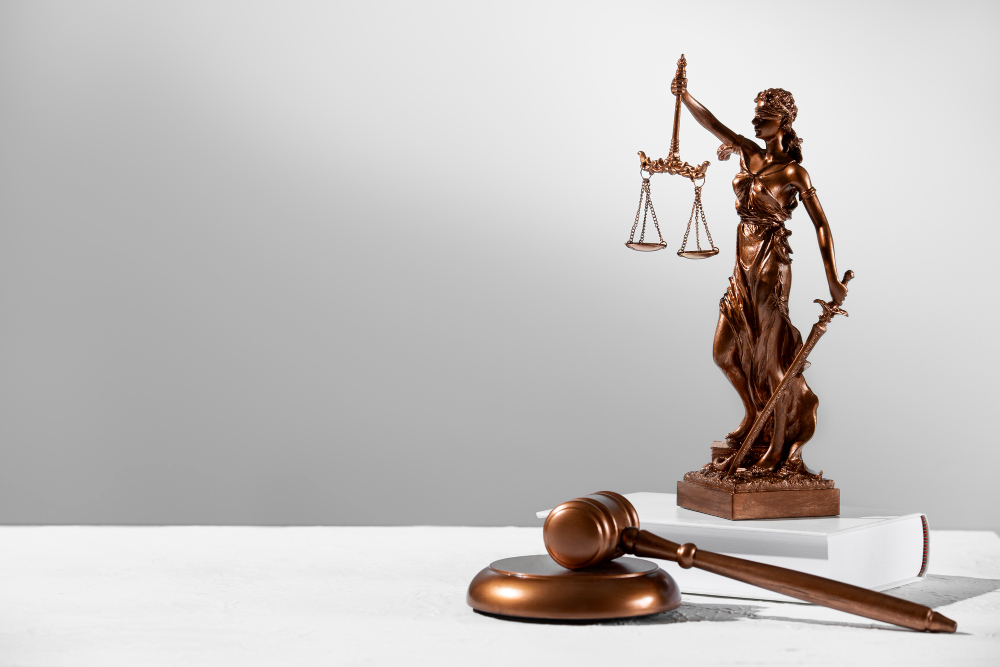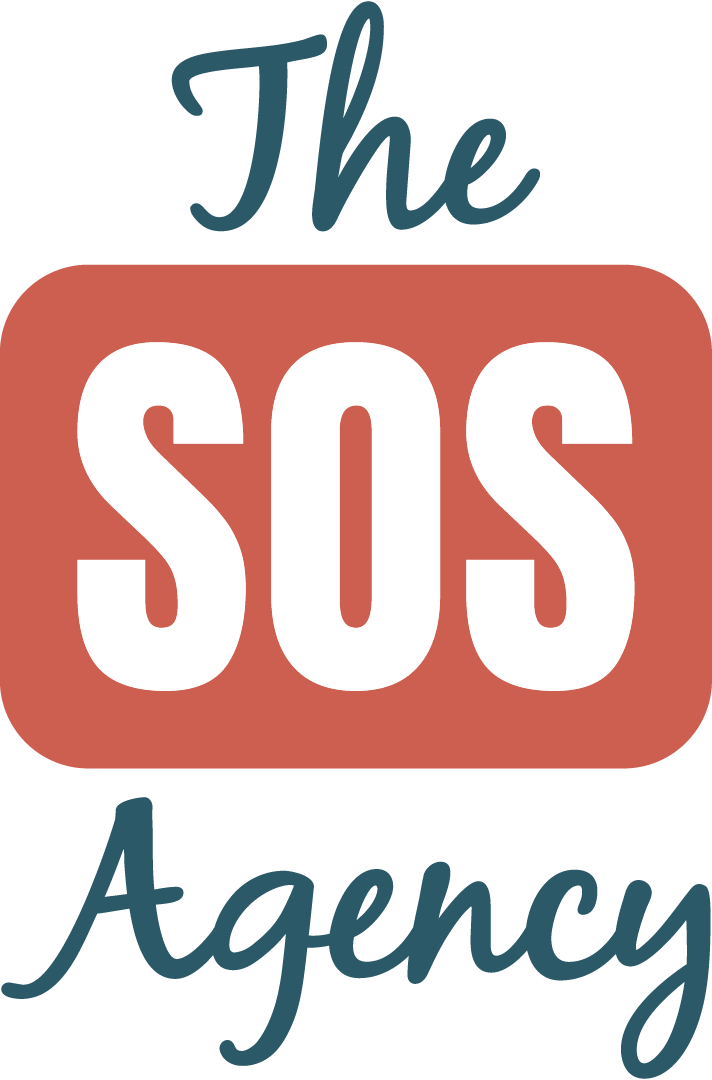Thanks to legislative measures like the Americans with Disabilities Act (ADA), significant strides have been made to protect the rights of Deaf individuals. Yet, despite these advancements, there’s still much work to be done to ensure equality and accessibility for all. In this blog post, we’ll delve into the rights of Deaf individuals under the ADA and the ongoing journey towards inclusivity.
Understanding Deafness:
Before diving into the legal framework surrounding Deaf rights, it’s essential to understand Deafness itself. Deafness is not simply the absence of hearing; it encompasses a cultural identity and a community with its own language, American Sign Language (ASL). For many Deaf individuals, ASL is their primary mode of communication, and it plays a crucial role in their daily lives.
The Americans with Disabilities Act (ADA):
Enacted in 1990, the ADA is a landmark piece of legislation that prohibits discrimination against individuals with disabilities in all areas of public life, including employment, education, transportation, and public accommodations. It was a groundbreaking step towards ensuring equal rights and opportunities for people with disabilities, including those who are Deaf or hard of hearing.
Key Provisions Affecting Deaf Individuals:
- Reasonable Accommodations: Under the ADA, employers, schools, and public entities are required to provide reasonable accommodations to ensure that Deaf individuals have equal access to opportunities and services. These accommodations may include sign language interpreters, captioning services, or the use of assistive listening devices.
- Effective Communication: Entities covered by the ADA must ensure effective communication with Deaf individuals. This means providing auxiliary aids and services, such as qualified interpreters or video remote services, to facilitate communication in situations where written or spoken language is not sufficient.
- Accessible Facilities: The ADA also mandates that public accommodations and facilities be accessible to individuals with disabilities, including those who are Deaf or hard of hearing. This includes ensuring that buildings are equipped with visual alarms, accessible signage, and other features that facilitate navigation and communication.
Challenges and Ongoing Efforts:
While the ADA has undoubtedly improved the lives of many Deaf individuals, challenges persist. Enforcement of ADA regulations can be inconsistent, leading to instances where Deaf individuals still face barriers to access and accommodation. Additionally, misconceptions and attitudes towards Deafness can perpetuate discrimination and hinder inclusion efforts.
Moving forward, ongoing advocacy and education are essential in advancing the rights of Deaf individuals. This includes raising awareness about Deaf culture and language, promoting the hiring of Deaf employees, and advocating for policies that prioritize accessibility and inclusion in all facets of society.
The ADA represents a critical milestone in the fight for equality and accessibility for individuals with disabilities, including those who are Deaf or hard of hearing. However, achieving full inclusion requires ongoing dedication and action from individuals, communities, and policymakers alike. By upholding the principles of the ADA and embracing the diversity of Deaf culture, we can create a more inclusive society where everyone has the opportunity to thrive.





